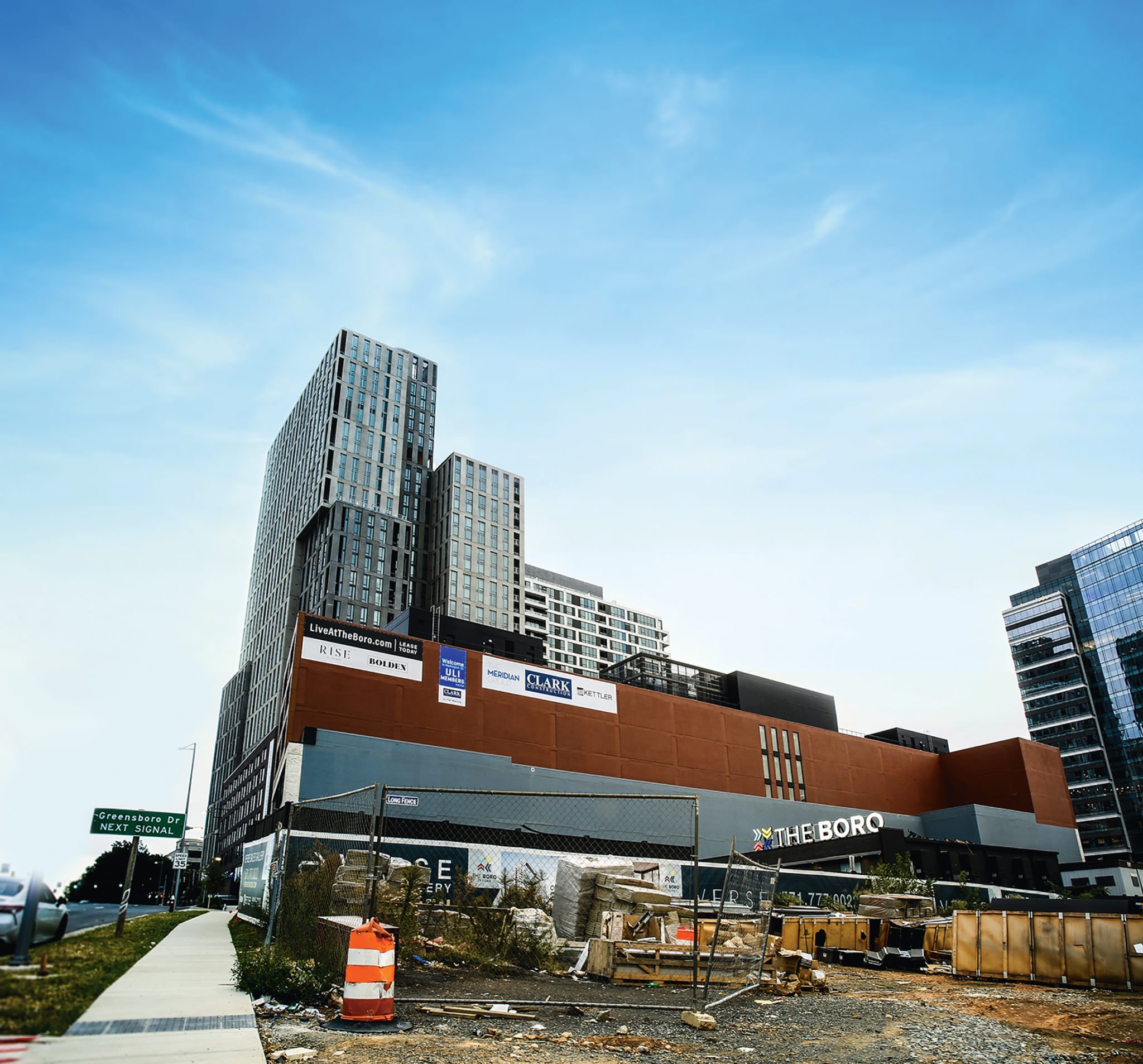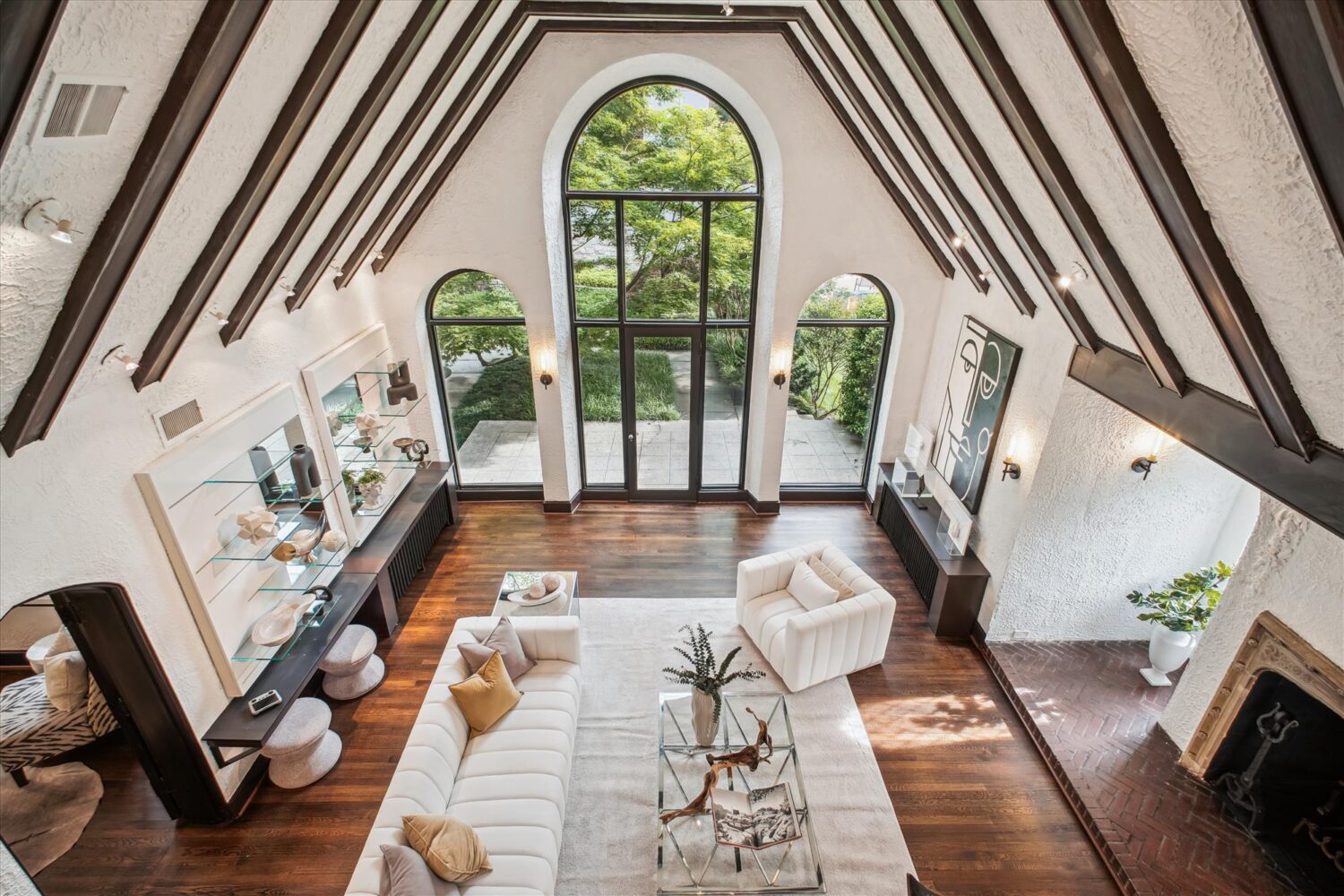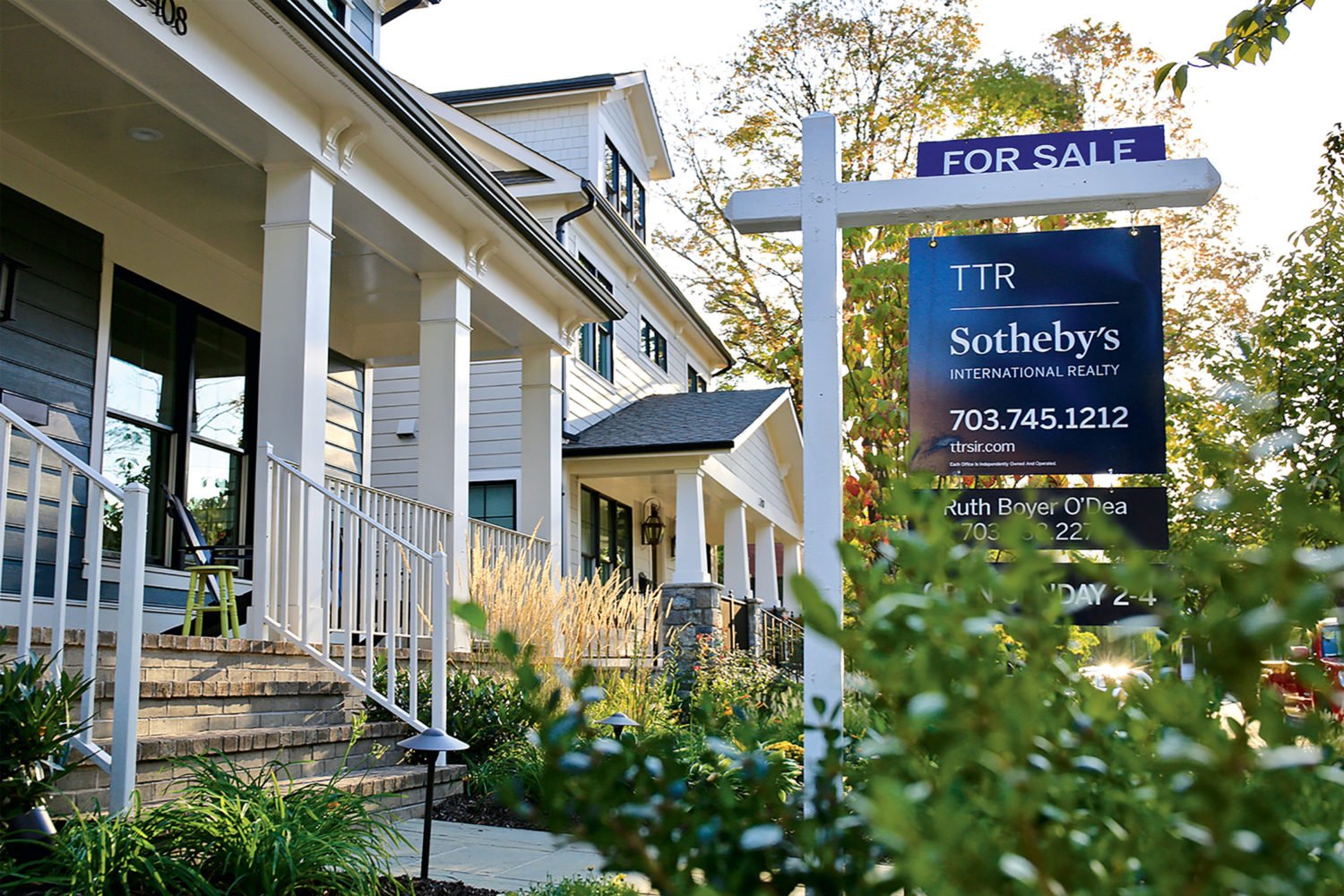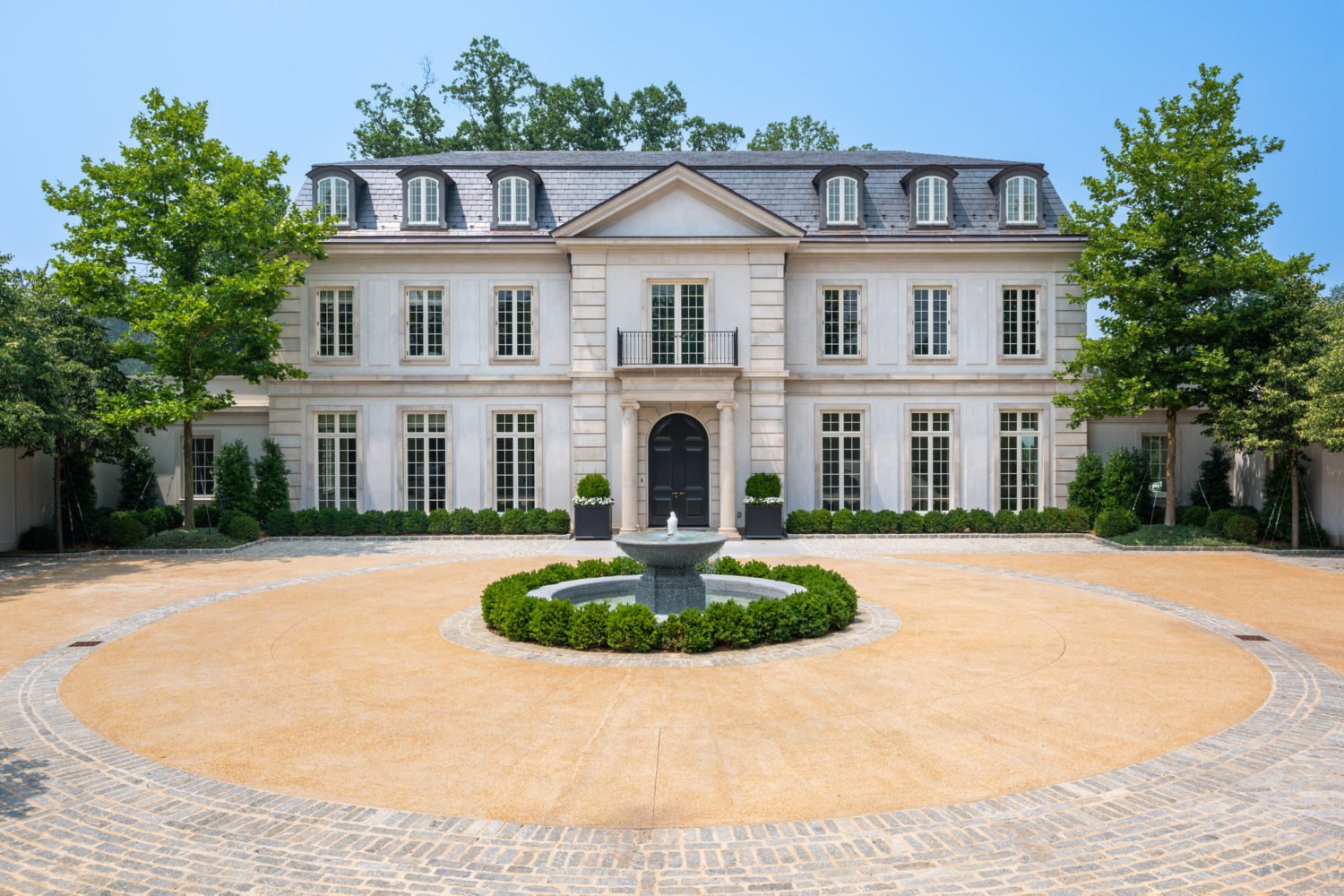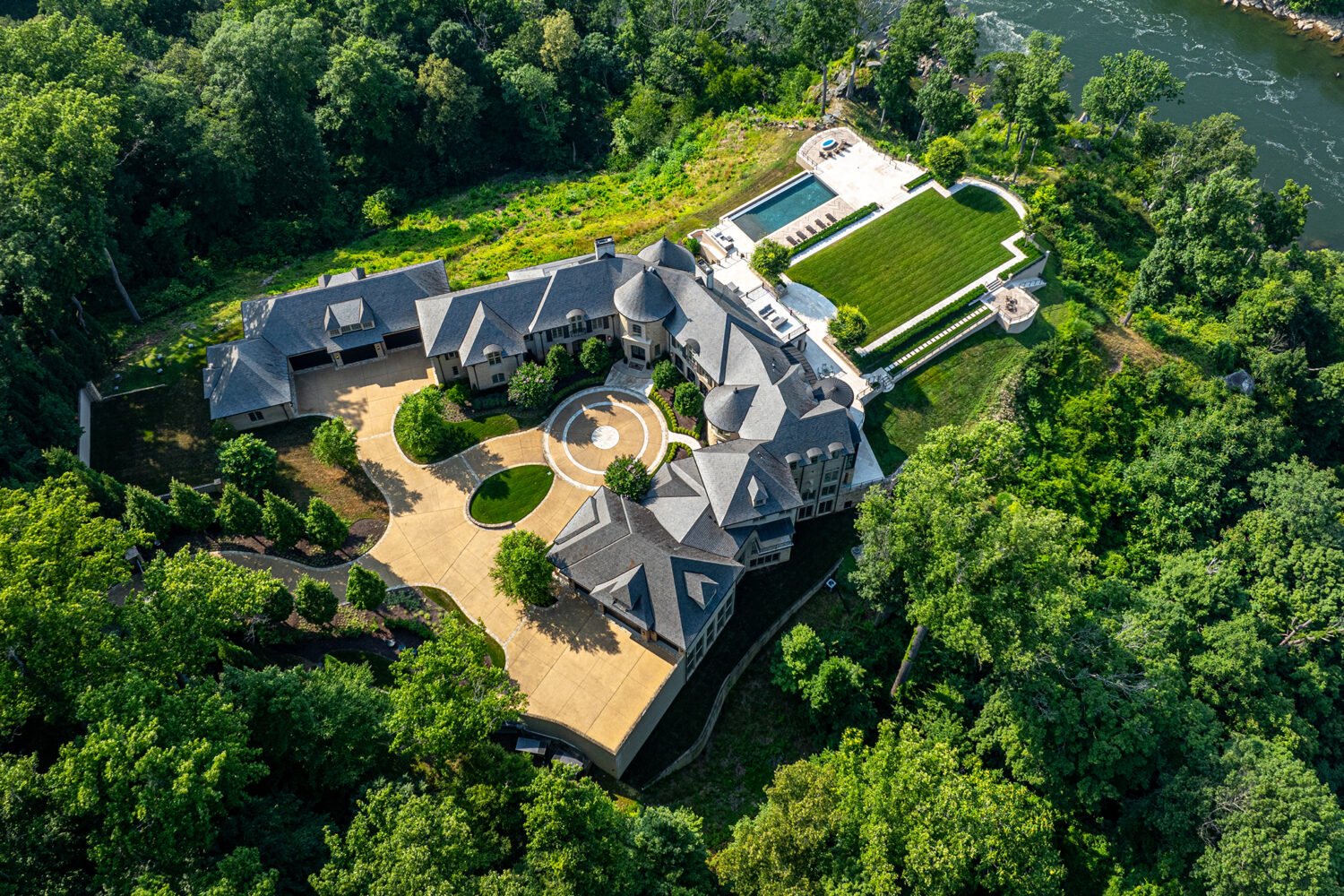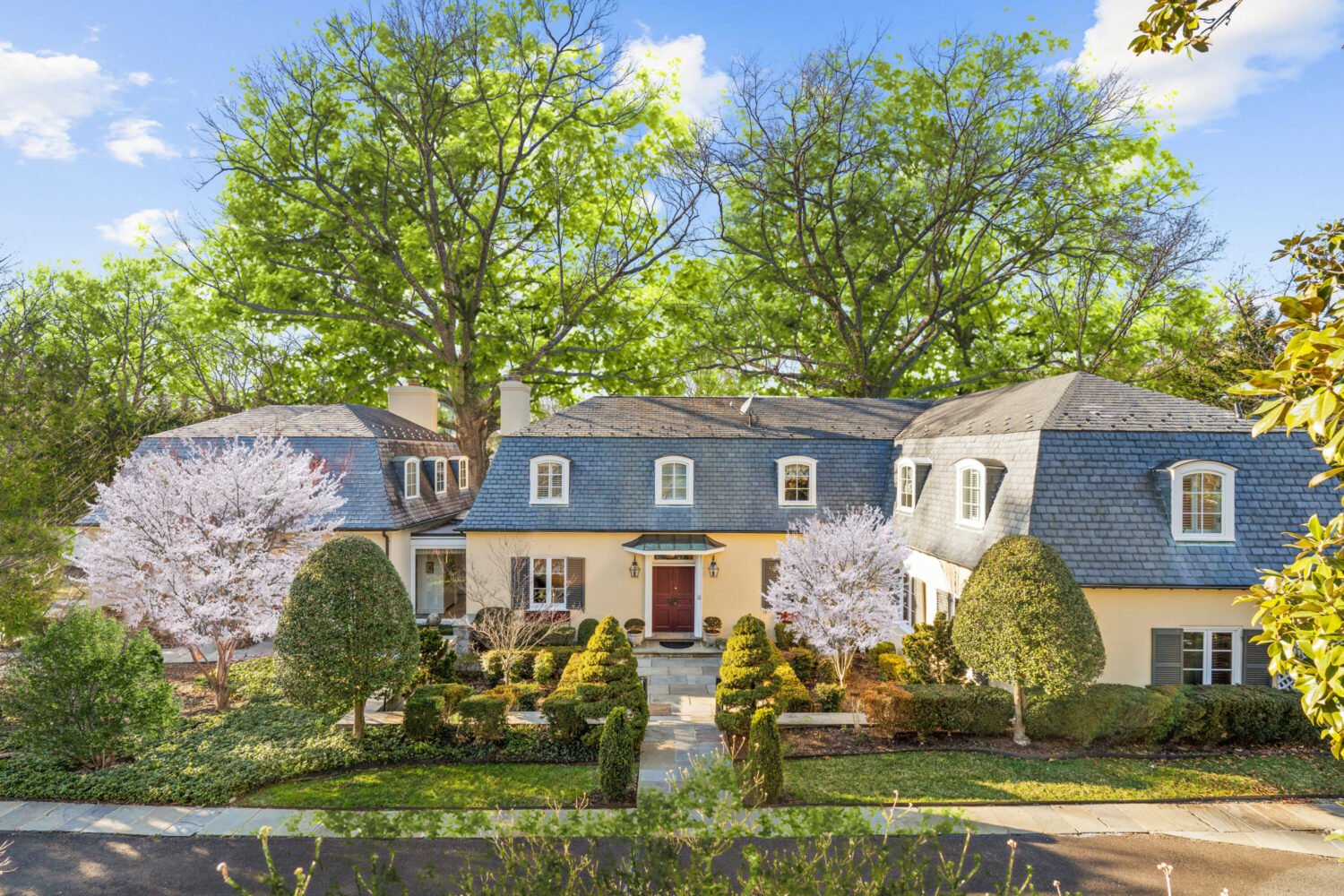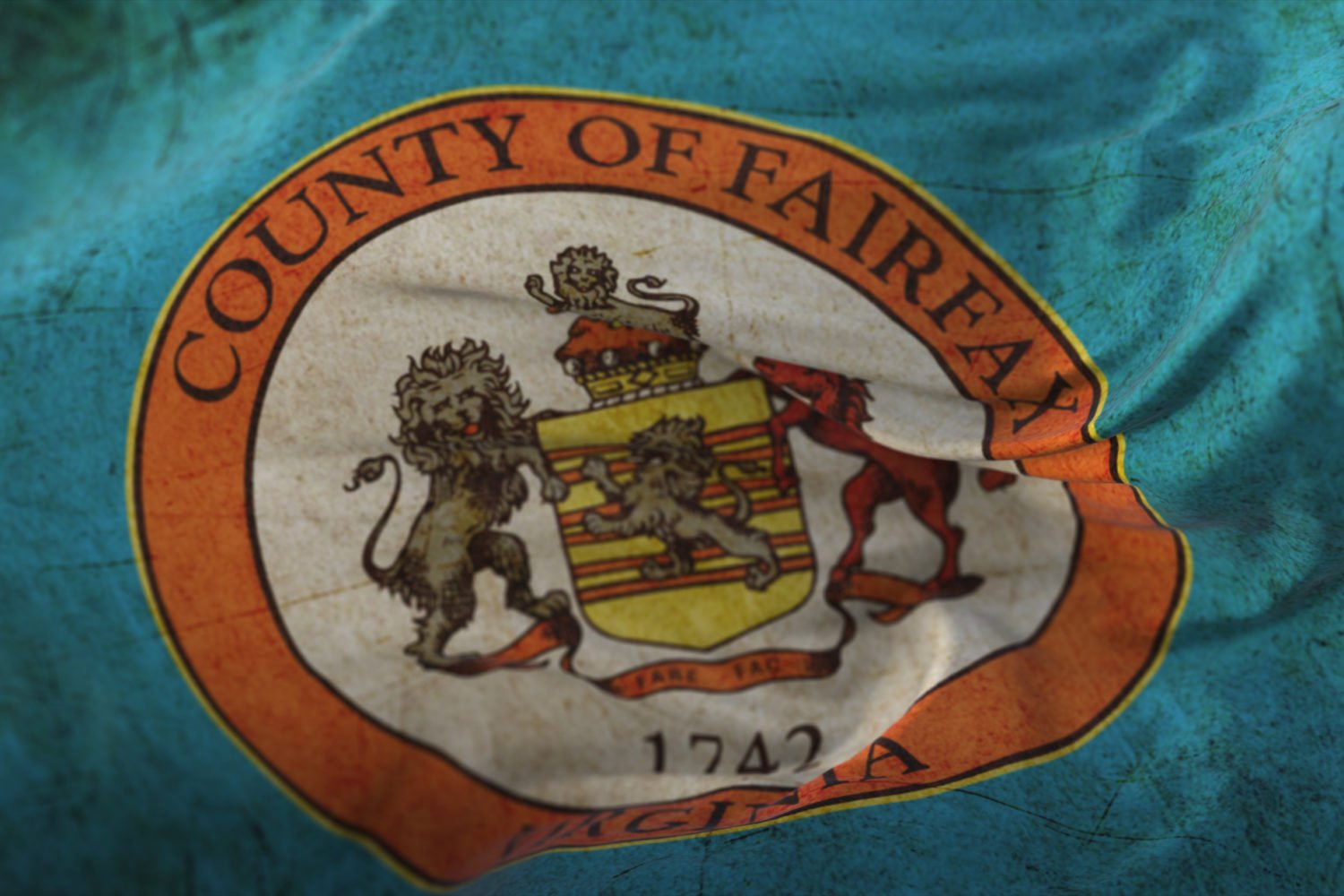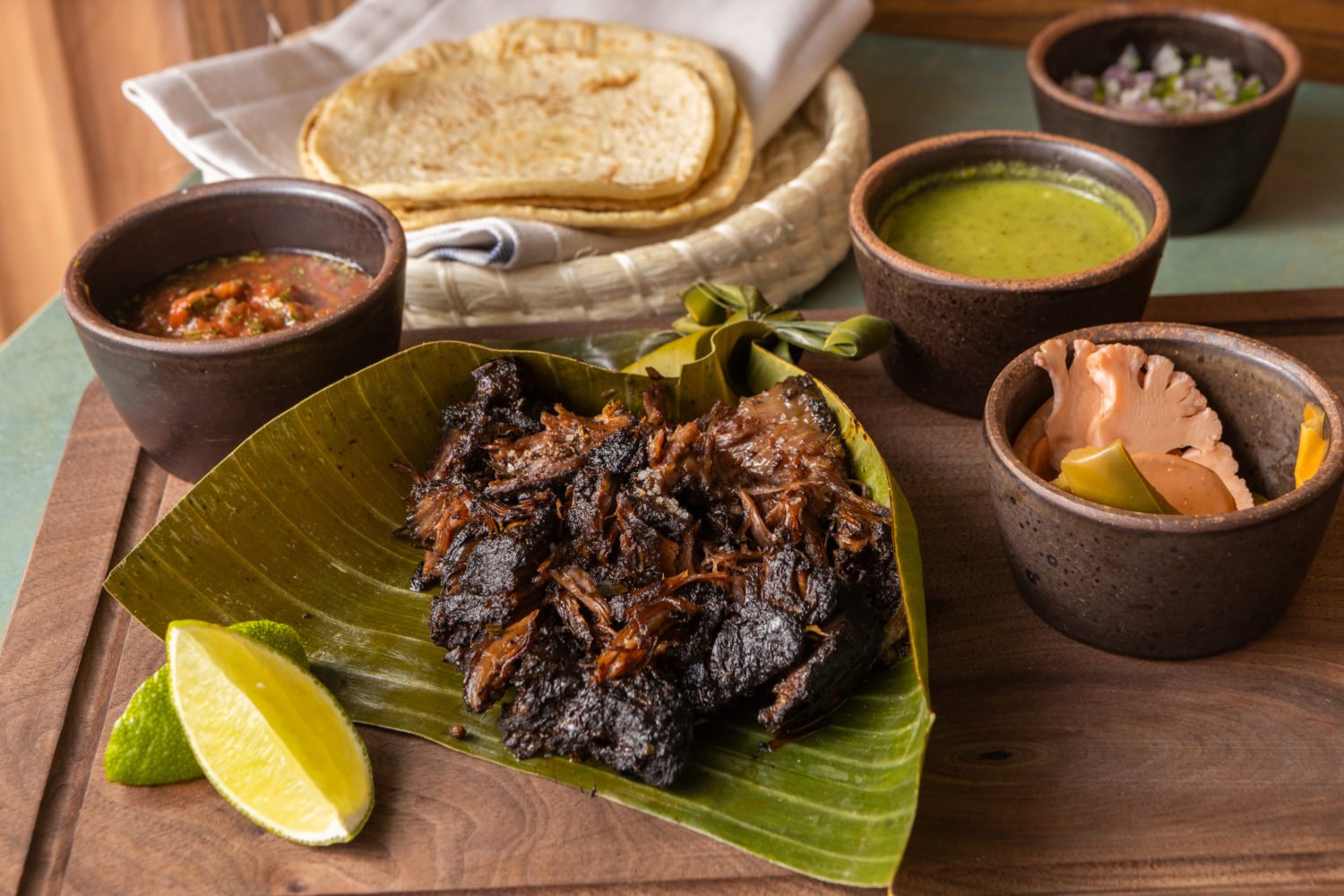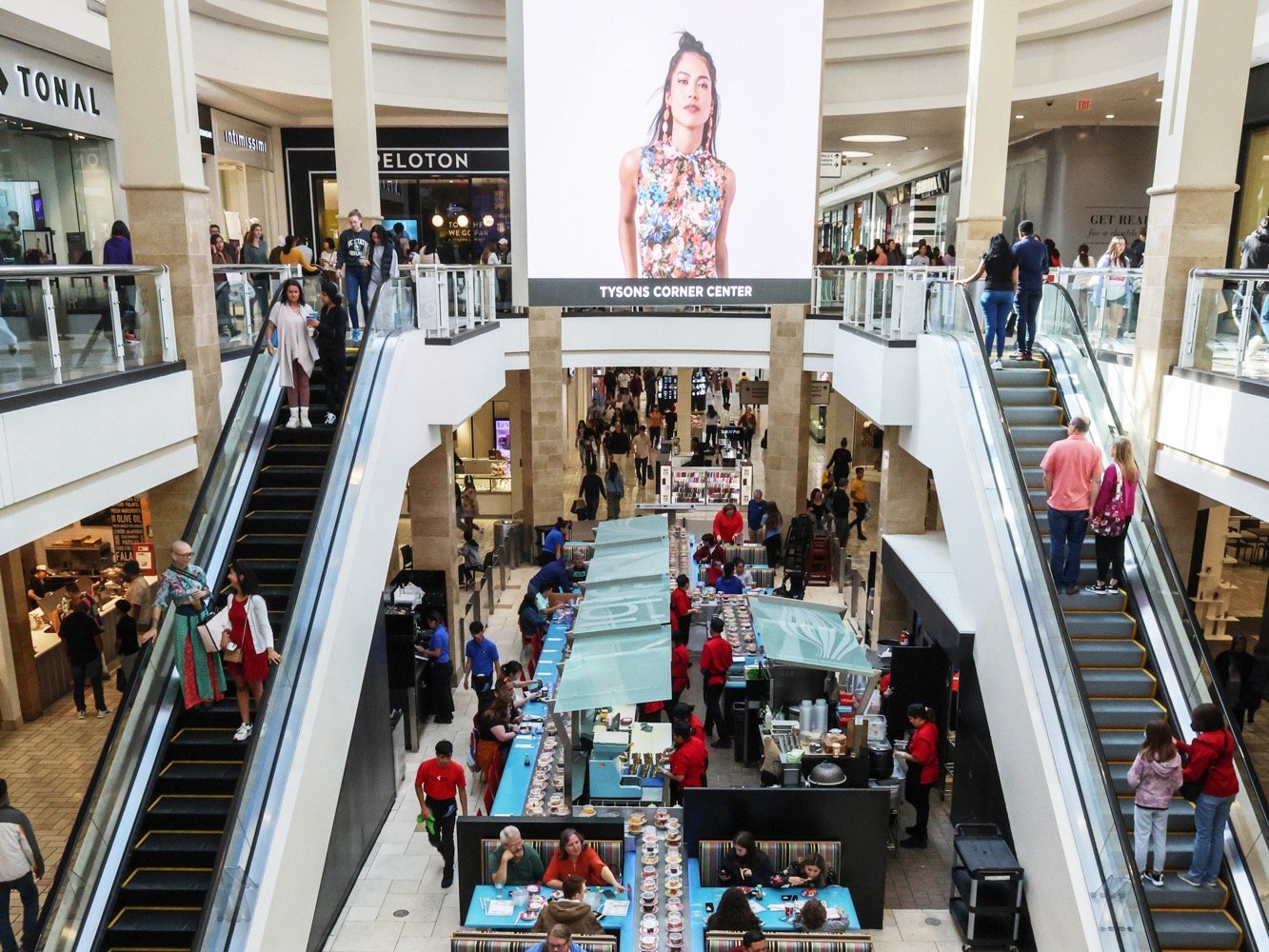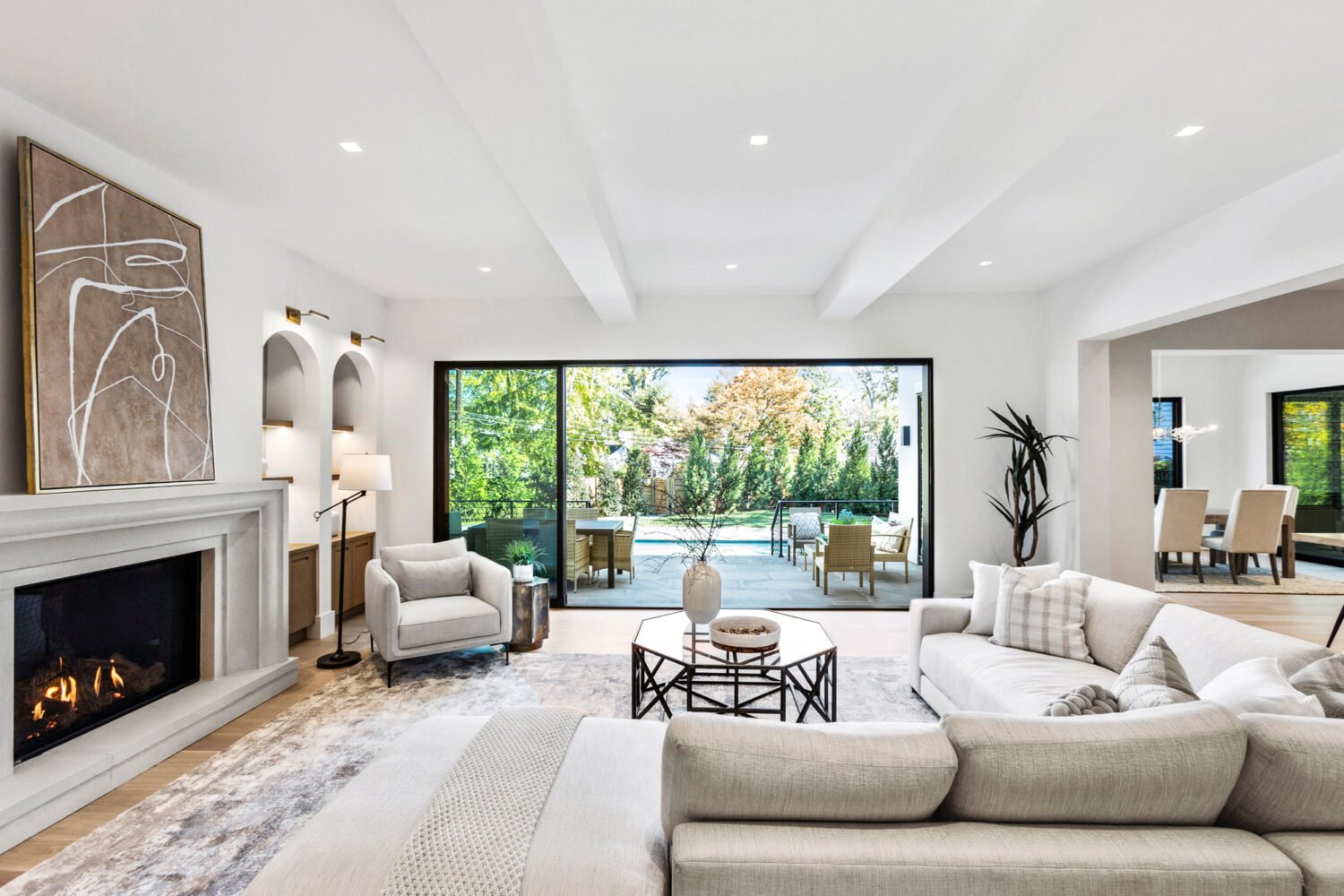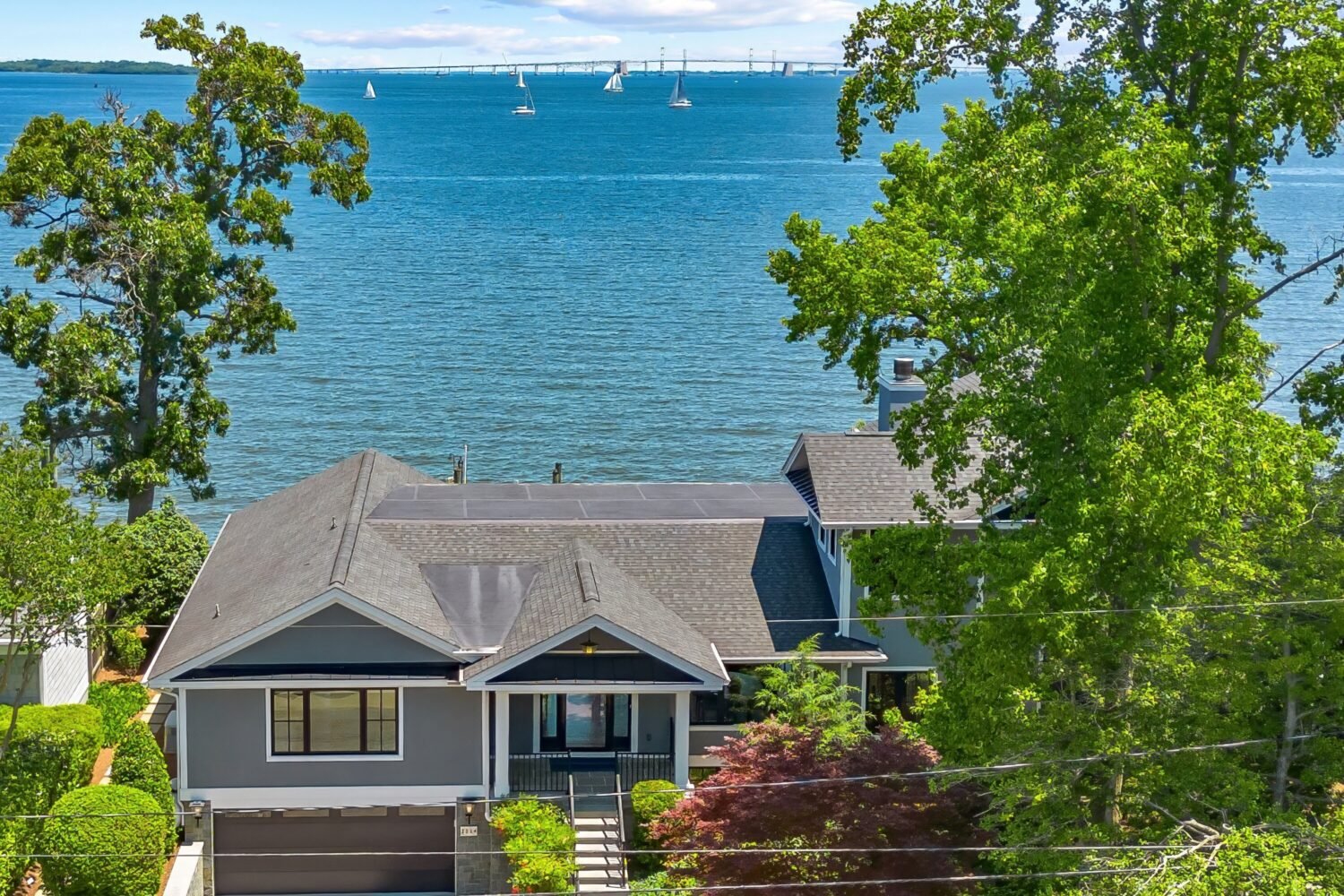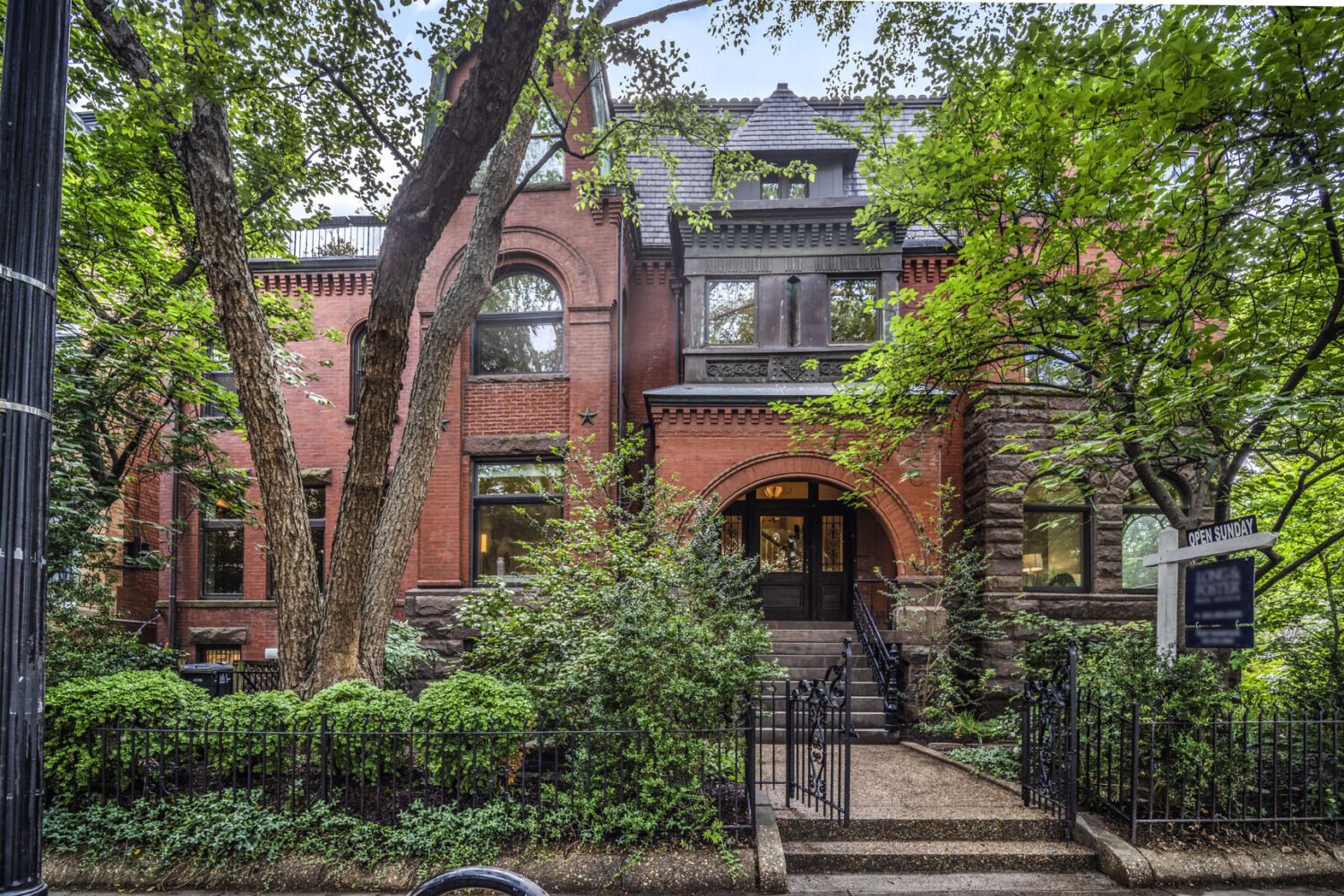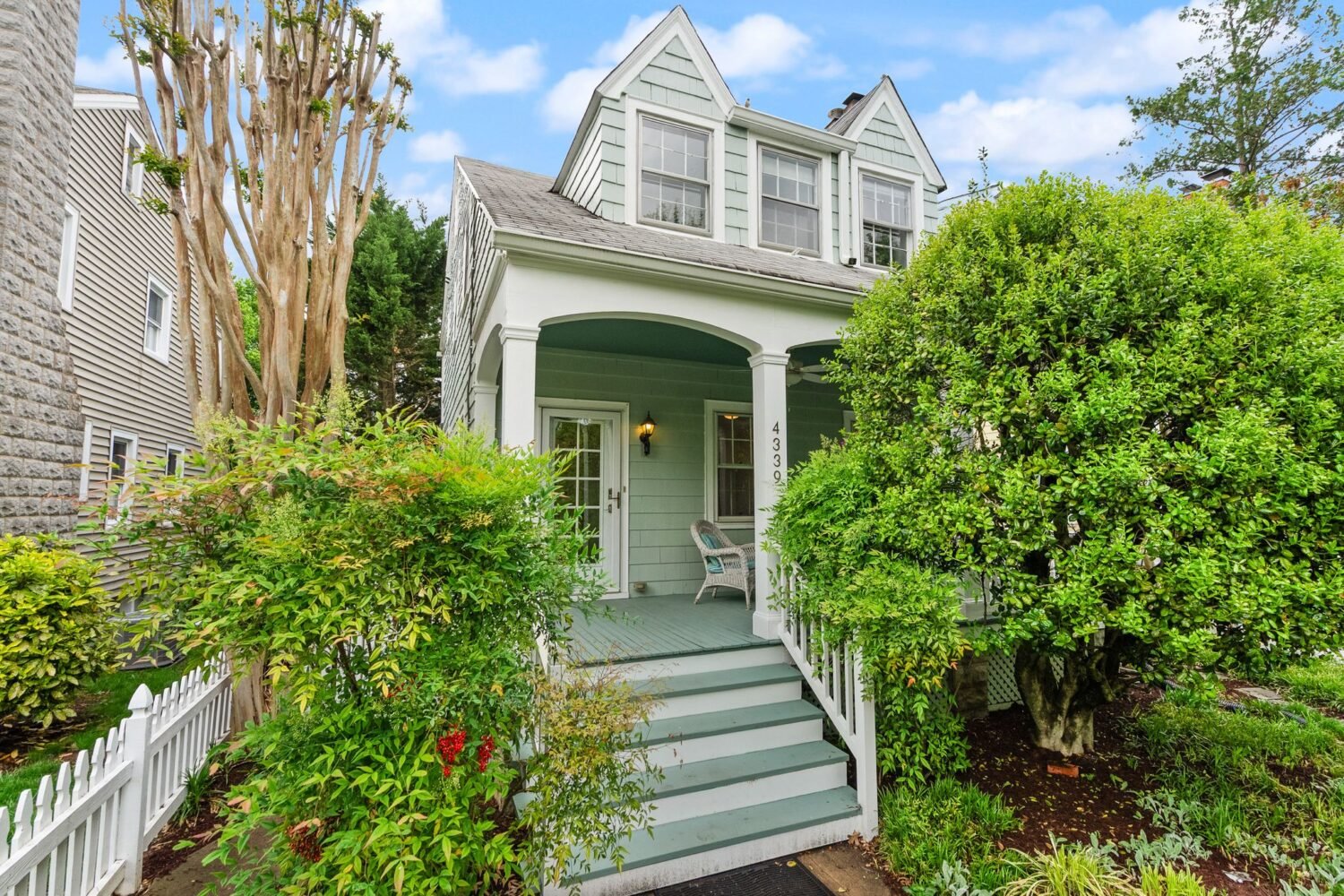It’s been nearly a decade since the audacious vision for the future of Tysons was unveiled: Planners want to turn the 4.3-square-mile swath of Fairfax County known for shopping malls, office parks, and snarled eight-lane highways into a beacon of 21st-century living. By 2050, the goal is for Tysons to be a genuine 24-7 city where people live and play outside of office hours. Today, by comparison, an estimated 117,000 people pour in for work every weekday, but come 5 pm, the place deflates to only about 28,100 actual residents.
The Tysons Partnership, a public/private alliance, is the umbrella organization leading the charge. It collaborates with dozens of developers involved in the multibillion-dollar transformation—the largest re-urbanization effort by square-footage in the entire country. Since the overhaul broke ground in 2010, Tysons has indeed changed considerably. New construction has brought four Silver Line Metro stops, Capital One’s towering headquarters, and a smattering of modern apartment and office buildings.
But there’s a very long way to go. Although 11 new residential buildings—totaling thousands of units—are already open, Tysons still lacks the basic things that make a city or town feel like a real, livable place. There’s no city hall or discernible main street, for instance, and green space is in short supply. While the future Tysons is designed to be a walkable, bikeable, public-transit-oriented hub, today’s Tysons is a lopsided landscape of construction projects in varying stages that can feel like an incomplete paint-by-numbers illustration.
So, what’s it like to live in a town that isn’t yet a town? To find out, I spent two days in Tysons trying to accomplish some typical weekend tasks—and, if at all reasonable, without the use of a car. Here’s how it went.
My Starting point: The Boro
The Boro, a 15-acre mixed-use development near the Greensboro stop on the Silver Line, seemed like a logical home base for this experiment. It’s slated to be finished before the end of the year and, once it is, will include 677 apartments and condos plus a Whole Foods with a food hall, a 14-screen movie theater, and 250,000 square feet of additional retail space. While many of those conveniences are still a ways from completion, renters are already moving in because much of the residential portion is done. Today they’re living in what feels a bit like a movie set. On one side, glistening high-rises abut clean, empty avenues with names like Solutions Drive. On the other sit dirt lots. Only Tropical Smoothie Cafe was open during my visit in mid-September. If I really lived there, I’d have plenty of need to venture beyond the Boro’s borders. So off I went.
Task: Check out a library book
[su_table fixed=”yes”]
| Result | Distance | Experience |
| ? | 6 minute walk | ? |
[/su_table]
Result: Unsuccessful. The Tysons Partnership established the Tysons Little Pop Up Library in the parking lot of the National Automobile Dealers Association building, as part of an effort to build in “flash points” for community interaction. “We’re really trying to create these opportunities right now that help build the community and catalyze a sense of place,” says Drew Sunderland, director of communications for the Tysons Partnership.
But the library—a wooden kiosk, not a building—was deserted. A sign informed me it was open only four hours a week, between 10 and 2 on Sundays, and I arrived outside that window. Later, however, I learned it had actually been shuttered for months.
Distance from the Boro: A six-minute walk.
Travel experience: Somewhat uncomfortable. I stepped out onto Westpark Drive, a busy main thoroughfare, briskly crossing six lanes in the 30 seconds allotted by the crosswalk signal. Some parts of the brief journey did not include sidewalks.
Task: Get groceries
[su_table fixed=”yes”]
| Result | Distance | Experience |
| ? | 11 minute walk | ? |
[/su_table]
Result: Successful. The flagship Whole Foods is scheduled to open by the end of October at the Boro. For now, there’s a Harris Teeter nearby and a Walmart Supercenter one Metro stop away.
Distance: The Whole Foods will be smack in the center of the Boro. Harris Teeter is an 11-minute, roughly half-mile walk, and Walmart is reachable via bus or Metro in less than 20 minutes.
Travel experience: The ease of access to grocery stores from the Boro is impressive. While the trek to Harris Teeter is along busy, less-than-scenic Westpark Drive, I got to spend the entire journey on a wide, relatively safe-feeling sidewalk.
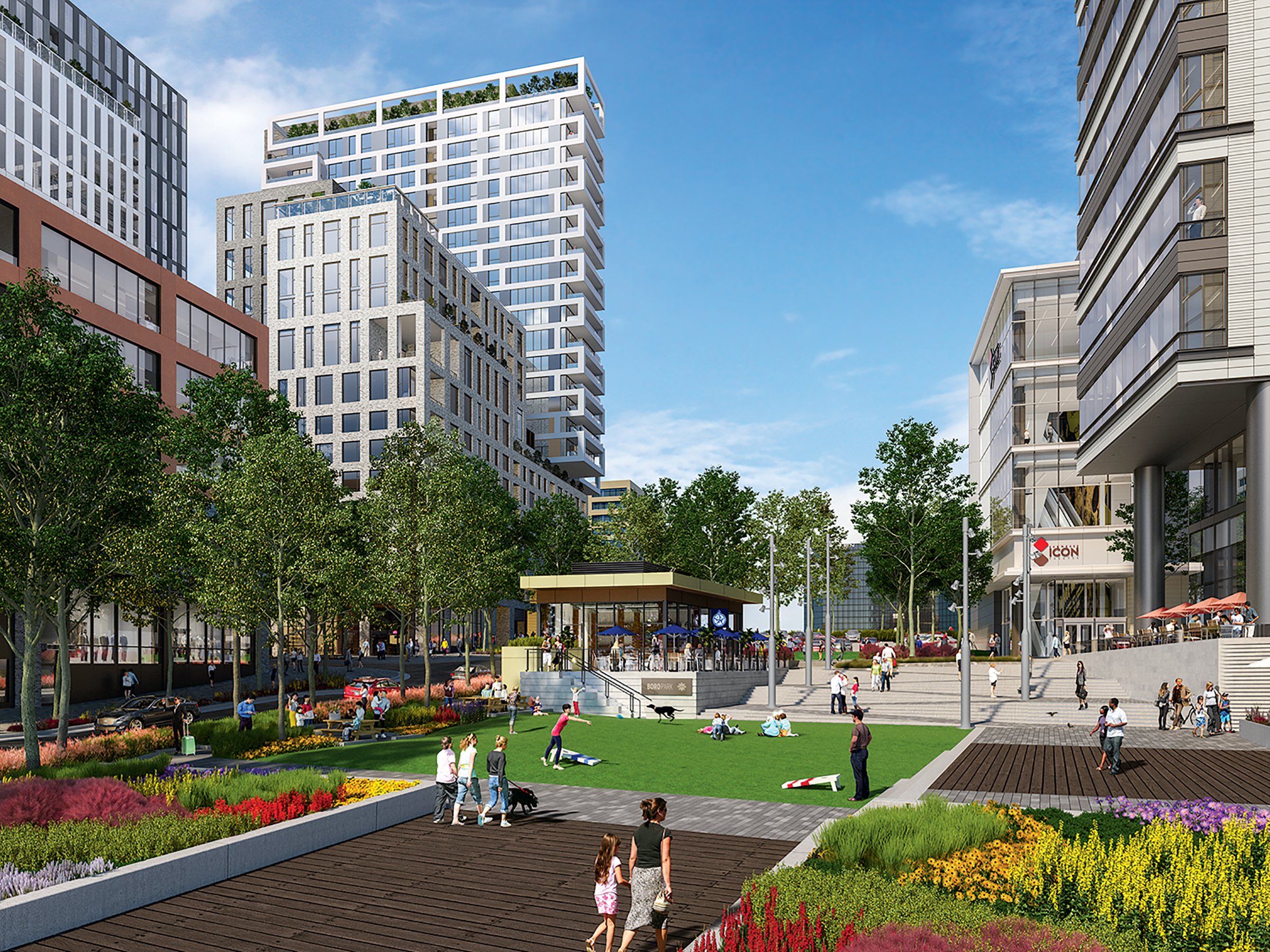
Task: Get some nature
[su_table fixed=”yes”]
| Result | Distance | Experience |
| ? | 15 minute walk | ? |
[/su_table]
Result: Surprisingly successful. On the border between Tysons and Vienna, I found the 33-acre Old Courthouse Spring Branch Stream Valley Park. Local conservationists call it “Tysons’ Last Forest.” The area hosts an array of wildlife, such as deer and birds. You can walk on dirt trails through the woods, and a stream runs through the park (though the sounds of the water and chirping birds still compete with traffic noise from beyond the trees).
Distance: A 15-minute walk from the Boro across a large highway, Route 7.
Travel experience: Pretty weird—the wooded area is beyond the parking lots of hotels, a Best Buy, and an office park. I walked across the concrete expanse, deserted for the weekend except for two rows of pristine Range Rovers belonging to the nearby dealerships. At the tree line, I found an access point to the paved Vesper Trail leading into the park.
Task: Go to church
[su_table fixed=”yes”]
| Result | Distance | Experience |
| ? | 5 mile radius | ☹️ |
[/su_table]
Result: Unsuccessful. Tysons doesn’t have any houses of worship within its limits, nor are allocations currently made to build any through the comprehensive plan guiding its redevelopment. But Tysons Interfaith, an organization of area religious leaders, hopes to fill the void—with events and eventually physical spaces to accommodate spiritual needs.
Distance: According to Tysons Interfaith leader Bill Larson, more than 30 places of worship are within a five-mile radius of Tysons. Among the closest are the McLean Islamic Center and a Greek Catholic church.
Travel experience: Walking to any of those is out of the question, and taking public transportation is also very difficult. “Few houses of worship are anywhere near a Metro line, and most buses do not run frequent schedules, particularly on Saturday and Sunday,” Larson says. The only reasonable option is to drive.
Task: Go to the dog park
[su_table fixed=”yes”]
| Result | Distance | Experience |
| ? | 1 mile by car | ? |
[/su_table]
Result: Successful. If I really lived in one of the Boro’s two apartment buildings, both of which allow pets, I’d get access to the property’s Bark Park. Good thing, too, because the next-closest option, the Mile Dog Park— part of a luxury apartment complex called Highgate at the Mile but open to the public—would be a bit of a hike if you didn’t have access to a car.
Distance: About a mile by car.
Travel experience: You could get there by Metro if you took the Silver Line one stop to Tysons Corner, then walked 15 more minutes. But because I was bringing a hypothetical dog, I decided to drive. It was an easy ride down mostly empty Westpark Drive, clocking in at only three minutes.
Task: Get some culture
[su_table fixed=”yes”]
| Result | Distance | Experience |
| ? | 20 minute walk | ? |
[/su_table]
Result: Successful. Tysons’s nonprofit 1st Stage theater company is in its 12th season. During my visit, Cirque du Soleil was also performing at the nearby Lerner Town Square. The Tysons Partnership plans to create various public art pop-ups, too. Currently, one is near the Greensboro Metro station: a 450-foot mural of flowers strung across a backdrop of vibrantly colored triangles.
Distance: Both 1st Stage and Lerner Town Square are less than a 20-minute walk from the Boro.
Travel experience: The walks to both were manageable, if not enjoyable. Getting there was representative of what it’s generally like to cover Tysons by foot. The sidewalk was there, mostly. But the roads were wide, and the cars were going fast. While on my walk to 1st Stage, I spotted a fellow pedestrian across the street who was approaching the end of her sidewalk, which for some reason stopped abruptly at the foot of a low stone wall. After failing to climb the ledge, she gave up and stepped into the road, braving walking the rest of the way on the shoulder.
This article appears in the November 2019 issue of Washingtonian.

